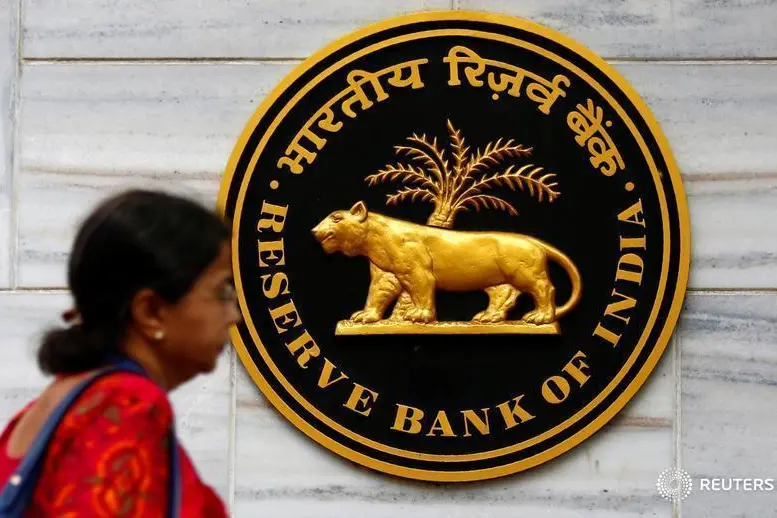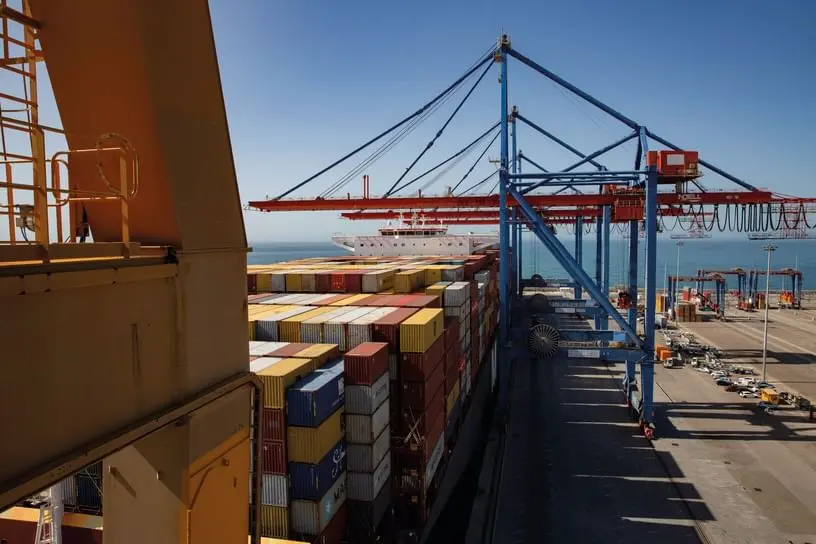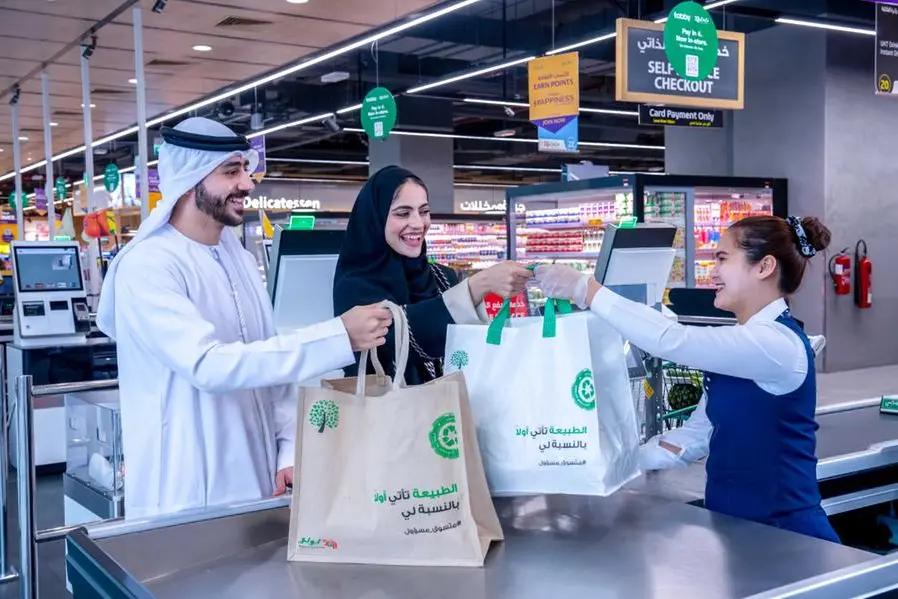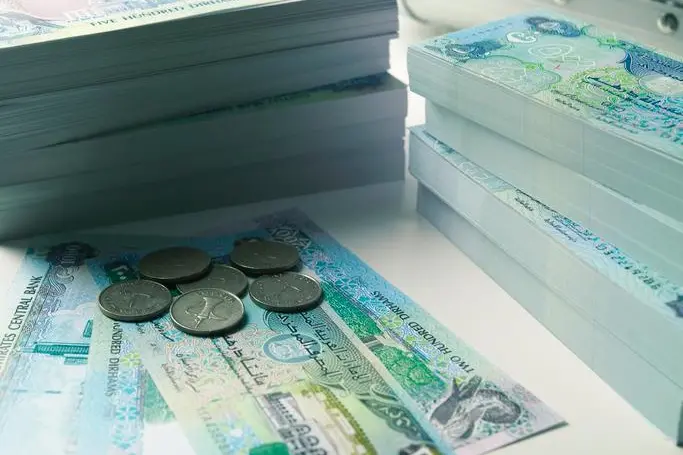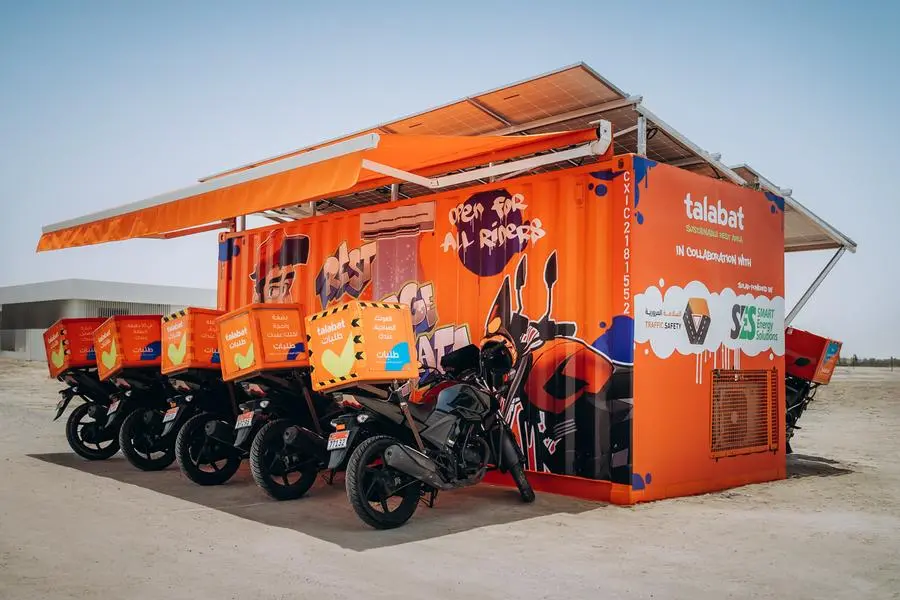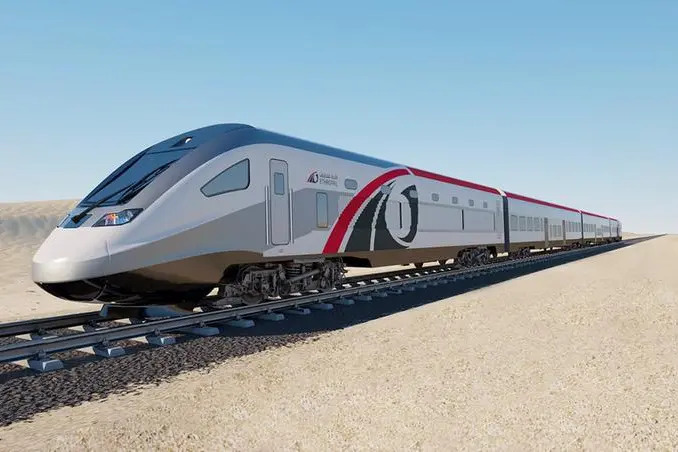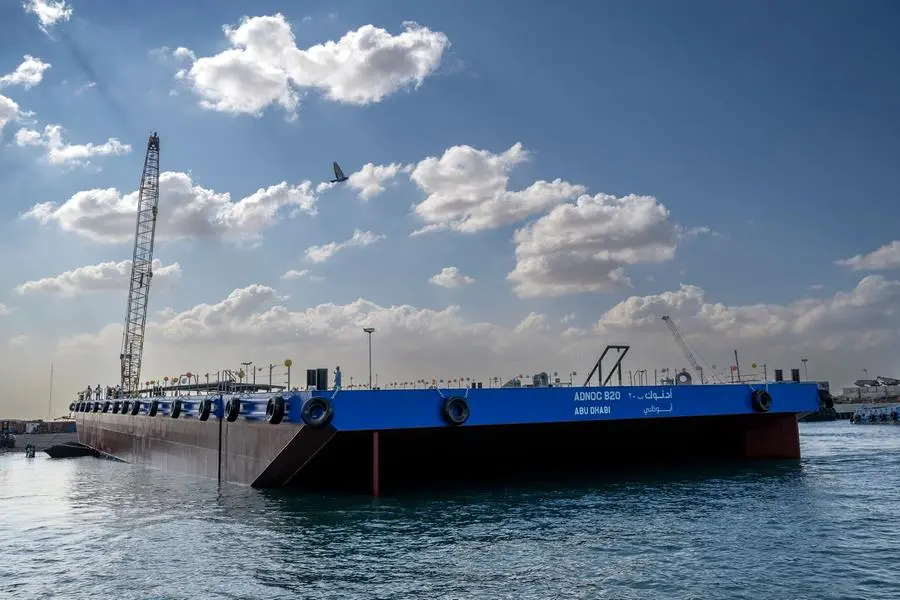PHOTO
A woman walks past the Reserve Bank of India (RBI) head office in Mumbai, India, December 6, 2017. Shailesh Andrade, Reuters
The recently signed Comprehensive Economic Partnership Agreement (CEPA) between the two nations is a testament to the growing partnership. The CEPA, finalized and signed in just 88 days, will cover over 90 percent of India's exports to the UAE, providing them with duty-free access. Such a pact is the region's first, with a possible enormous positive outcome for the entire gulf region and India. The CEPA is forecast to increase bilateral trade between the two nations from the current levels to $100 billion over the next five years.
This is a mutually beneficial partnership with the UAE getting access to one of the fastest-growing economies. In contrast, Indian companies can explore new opportunities worldwide through business-friendly platforms available in this country.
Rupee trade policy: A step forward
When two companies from UAE and India trade, it most likely does not involve US goods. So why are they still using US Dollars? Because the US Dollar is the defacto international currency. But transacting in Dollars exposes a country to the whims and fancies of Western foreign policy, and this necessitates the need for transactions in an alternate currency.The US, EU, and the UK can cut out countries from Society for Worldwide Interbank Financial Telecommunication (SWIFT), the Belgium-based globally interbank system, at their own will. So the new currency policy from India is a welcome step from that perspective.
Also, RBI's new Rupee trade policy is a good step since it will permit more effective use of the Indian Rupee, thus facilitating its internationalization. India's Central government is expected to make revisions to foreign trade policy to enable exporters to claim benefits for settling trade in Rupees. The measure will be beneficial for UAE-based companies in particular. Due to the large expatriate population, many Indian banks and substantial trade relations between both countries, companies here are familiar with Rupee usage. And they will be able to adapt to the intricacies of dealing with Rupee quickly.
The hedging option
Moreover, through DGCX, UAE has a very reliable platform for hedging the risks associated with the Indian currency. It is worth noting that its Indian Rupee contracts are among the most liquid in the world. As a result, The contract has attracted the attention of several global funds and organizations to hedge their Indian Rupee risk offshore in UAE. The attraction here is the hedging window is available long after Indian currency markets close. To top it off, UAE is a Tax-Free jurisdiction ensuring no tax liability arising from accrued profit.
Maximizes the trade potential
The new trade policy will help UAE-based companies expand their trade potential with countries under Western trade sanctions. For example, Russia and some countries in Africa and South America or those without adequate Dollar liquidity will benefit from the latest Indian policy move. India exporters, in general, have welcomed the decision. Previously for some sanctions-hit countries, only two banks, IDBI Bank and UCO Bank, were allowed to process trade settlements in rupees. If executed well, the mechanism announced by the central bank will also enable other banks, which could boost the overall trade. UAE, a significant trading hub and base for Indian companies will automatically benefit from the move. Furthermore, The UAE is a gateway to Africa and other parts of the world for companies from India.
How will it work?
The new deal allows Indian banks to open Special Vostro Accounts (SVA) in Indian Rupee for foreign banks through which they can fix international trade transactions. This is an account that a correspondent bank holds on behalf of another bank - with an authorized Indian bank. Indian banks would need to take consent from the Reserve Bank of India to act as correspondent banks.
The Rupee in these accounts will be non-convertible. However, parties can use the amount in the SVA for projects and investments, export/imports and investments in Government securities. But most financial entities worldwide would like to deal in convertible currencies rather than in a non-convertible one like Rupee.
Will it work with UAE?
Now let us ask a rhetorical question. Can a Rupee trade system work with UAE? The answer is simple. Yes, It will be successful because India has a substantial economic relationship with UAE, and the country is already India's third-largest trading partner, enabling excess reserves management that can pile up in SVA.
We will explain a common problem that can happen with the management of these Vostro accounts. For example, an exporter to India can receive the payment in Indian Rupees and hold it in a Vostro account with their bank. The bank will convert the Rupees into local currency and then transfer them to the exporter when needed. Now the bank holds Indian Rupees, and they will give them to an importer of Indian goods who wants to make the payment. The problem arises when the trade is lopsided, and there are no importers who need Indian Rupees. Then the bank will be stuck with an excess currency that is not convertible.
That situation might not arise between India and the UAE. As per the latest available data for 2021-22, UAE imported goods and services worth $28 billion, but exports totalled $45 billion. That means UAE has a trade surplus of $17 billion and theoretically, it could lead to that much amount of excess Rupees. However, Indians form the largest expatriate population in the UAE, with about 3.4 million living in the Emirates.
Furthermore, Annual remittances by Indians in the UAE amounted to more than $17 billion, which means the excess Rupee management will not be an issue.
Additionally, since international correspondent banks can be avoided, transactions will become faster, and costs can be lowered. But creating a Rupee trading framework will require a lot of groundwork.
